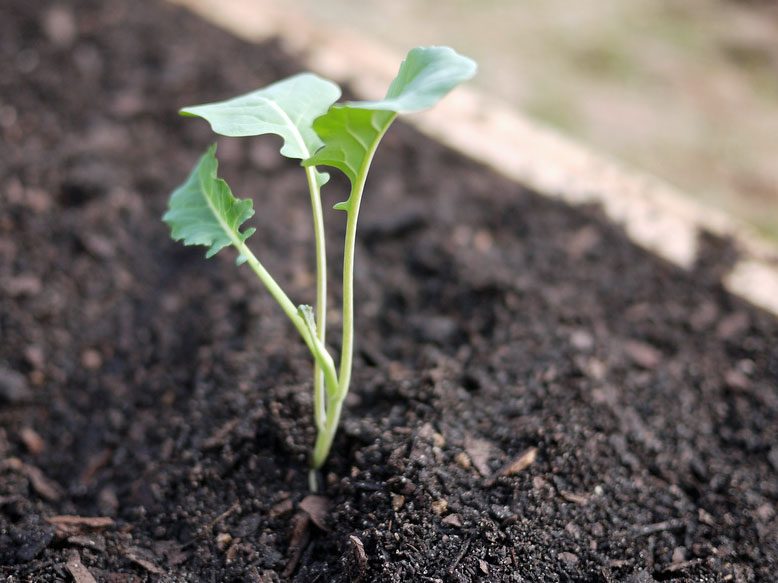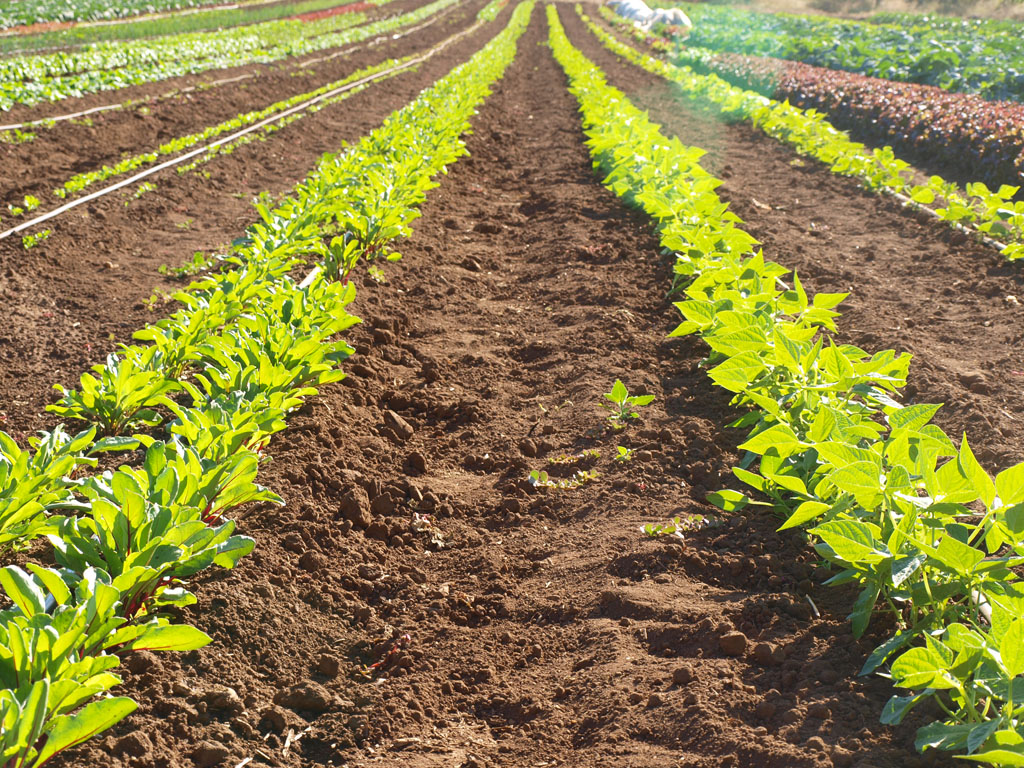- No products in the cart.
January 2, 2021
January Planting Guide
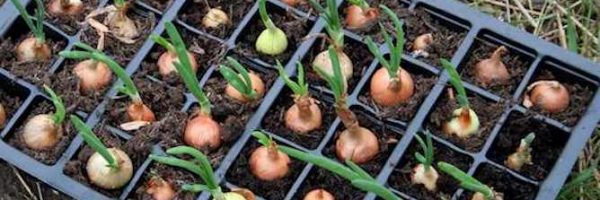
So December has come to a close, but that doesn’t mean that you can’t start the growing process! You can begin the growing process for a large variety of plants right from the comfort of your own home! Seeing your plants indoors compared to outdoors has pros and cons which I will go over in the sections to the right. Growing indoors and outdoors both have their set of pros and cons that should be considered carefully! Think about your options, what amount of space you have available, the climate zone you’re in, and what plants your area allows you to grow! If you chose to grow outdoors, think about what kind of flower beds you’re going to have. Raised flower beds offer additional organization opportunities and can help you plan the layout for your garden, while also offering a bigger space for your plant roots to grow, smaller root systems will usually result in you getting smaller plants.
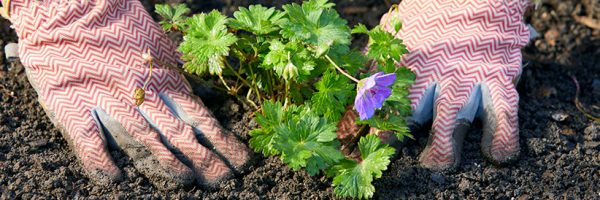
Growing Your Plants Indoors
While we see massive farms sprawling all over the world where it’s nothing but rows upon rows and hundreds of acres worth of vegetables, there are people who prefer to grow all of their plants indoors, be it small plants near a window or a fully-fledged warehouse with massive arrays or lighting, planters, water irrigation, and more! Growing your plants inside will give your plants at least 1 set of walls to keep the outside world from harming your plants! If you have a really good setup, you could see people using methods to control the humidity, temperature, pH, water levels, and more! When growing indoors you will have a level of control that you cannot easily achieve when growing outdoors!
Growing Your Plants Outdoors
Some people prefer to grow their plants fully indoors, but many people grow outdoors. While yes, growing outdoors doesn’t grant you the level of environmental control and convenience that you can get by growing indoors, there are many benefits to it! Plants need light in order to grow and live, if you grow indoors, you will be forced to set up lights above your plants in order to simulate sunlight, but outside offers you 100% natural light that you will not need to pay a bill to get! But beware, growing outdoors has its very own set of dangers. These can range from wildlife walking through your garden and farm eating whichever plants they want, to your plants contracting a disease or illness, all the way to extremely sudden and drastic changes of weather!
USDA Plant Hardiness Zone Map
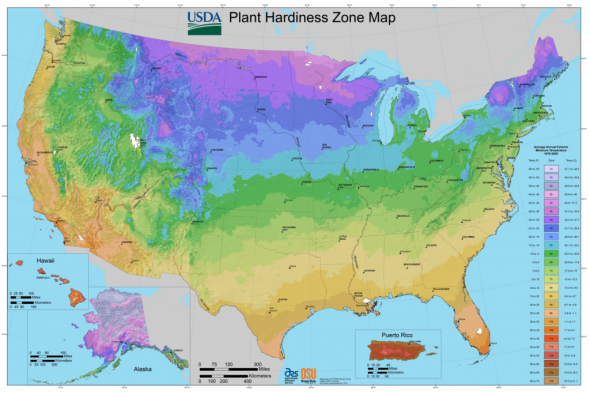
If you want to grow a successful garden, you need to know the growing conditions of your site—especially, how cold it gets in the winter months. Many plants are adapted to warmer climates and will die if exposed to extreme cold. These days, most cold-climate gardeners are very familiar with the U.S. Department of Agriculture’s Plant Hardiness Zones. These 11 zones indicate the average minimum winter temperatures for a given area. Gardeners in Zone 1 can expect to see temperatures down to -50 degrees F, whereas those in Zone 11 will rarely see anything colder than 40 degrees F. Most catalogs, web sites, and garden centers now provide a Hardiness Zone rating for almost every plant they sell. If you know that your garden is in Zone 5, you can be fairly confident that plants rated for Zones 1 to 5 will survive the winter in your yard. If you’re not familiar with the USDA Hardiness Zone Map, and/or don’t know what zone you garden in, take a look at our Zone Finder. But cold hardiness is not the only factor that determines whether a plant will survive in your garden or not. Too much heat can be just as damaging to a plant as too much cold. When a plant is not cold hardy, it will simply die, but the signs of heat stress are usually more subtle. Plants that can’t tolerate high heat may stop blooming, the leaves may turn pale, and the plants may become more susceptible to pests. In the late 1990s, The American Horticultural Society (AHS) developed the Heat Zone Map, which parallels the USDA Hardiness Zone Map. This map is based on the number of “heat days” experienced in a given area. A “Heat Day” is defined as a day in which the temperature climbs to over 86 degrees F. At this temperature, many plants begin to experience physiological damage and start to shut down their functioning. Heat Zones range from 1 (no heat days) to 12 (210 or more heat days). Because Heat Zone ratings are relatively new, not all catalogs, websites, and garden centers currently indicate a plant’s Heat Zone. But more and more, you will begin to see two ratings for a given plant, such as 5-10, 11-1. The first pair of numbers is the cold Hardiness Zone. This plant will survive winter temperatures in zones 5 to 10. The second pair of numbers is the Heat Zone. 11-1 indicates that the plant is heat tolerant in zones 11 through 1.
USDA Hardiness Zones 1–5
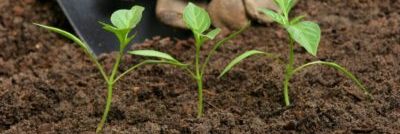
If you’re in Zones 1 through 5, content yourself with growing something fresh indoors in January. Seeds of microgreens are readily available in January. You can plant a mix or grow some of your outdoor favorites, such as arugula, beet greens, mizuna, and pea shoots.
Growing sprouts is another option. They germinate in days and are packed with nutrients. Mix things up a bit and try radish, peas, and even sunflowers.
USDA Hardiness Zone 6
Zone 6 gardeners have more options in January than their Zones 1–5 counterparts.
Indoor Vegetables and Herbs:
Now is the time to start seed indoors for notoriously slow-to-grow celery, parsley, onions, and leeks. Celery and parsley seeds need several weeks just to germinate. Onions take several months to grow large enough to transplant outdoors, but it’s worth it because seedlings have a higher success rate in the garden than bulbs do. You can also have your choice of onion varieties if you start from seed–large yellow bulbs, red torpedos, and even doughnut-shaped cipollini.
Indoor Flowers:
Start early spring bloomers such as begonia, browallia, delphinium, dusty miller, pansies, and snapdragons, indoors under lights.
Outdoor Flowers:
You can still plant any daffodil and tulip bulbs you didn’t get to last fall. If the bulbs have remained firm and you get enough of a chill, you could get flowers this year.
USDA Hardiness Zone 7
January weather in zone 7 is some of the trickiest to predict but offers a great possibility.
Indoor Vegetables and Herbs:
If you haven’t started your celery, parsley, leeks, and onions, get them started indoors. Toward the end of the month, you can also start broccoli, cabbage, cauliflower, kale, and lettuce indoors, to transplant outdoors, when the weather warms.
Indoor Flowers:
Seeds of geranium and coleus can be started at the end of the month. They need several months to mature into transplants.
Outdoor Flowers:
Take advantage of the unpredictable January weather and direct sow flower seeds that germinate better with the stratification of freezing and thawing, like larkspur, poppies, and Nigella.
USDA Hardiness Zone 8
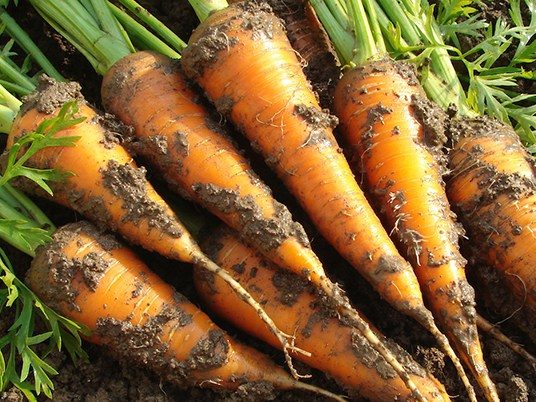
Zone 8 gardeners have some great options, too.
Indoor Vegetables and Herbs:
If you haven’t started your celery, parsley, leeks, and onions, get them seeded early in the month. Peppers can also be sown indoors since they will need extra time to grow to transplant size.
Cool-season cole crops, such as broccoli, cabbage, cauliflower, kale, and other cooking greens, as well as lettuce, grow quickly and can be started indoors mid-January to be ready to transplant into the garden in about 8 to 10 weeks, just in time for early spring weather.
Outdoor Vegetables and Herbs:
If the soil is able to be worked, bare-root asparagus and strawberry plants can be planted as they become available in nurseries. January is also a good time to plant fruit trees.
If you are having a mild winter, you can transplant seedlings of onions, broccoli, cabbage, chard, and kale. Harden them off first, and keep the row covers handy. If the ground is not still saturated from winter, you can also direct sow root vegetables and hardy greens, such as beets, bok choy, carrots, radishes, and even peas.
Outdoor Flowers:
It’s time to direct sow early annual flowers, such as calendula, impatiens, larkspur, pansies, poppies, and Nigella.
USDA Hardiness Zone 9-10
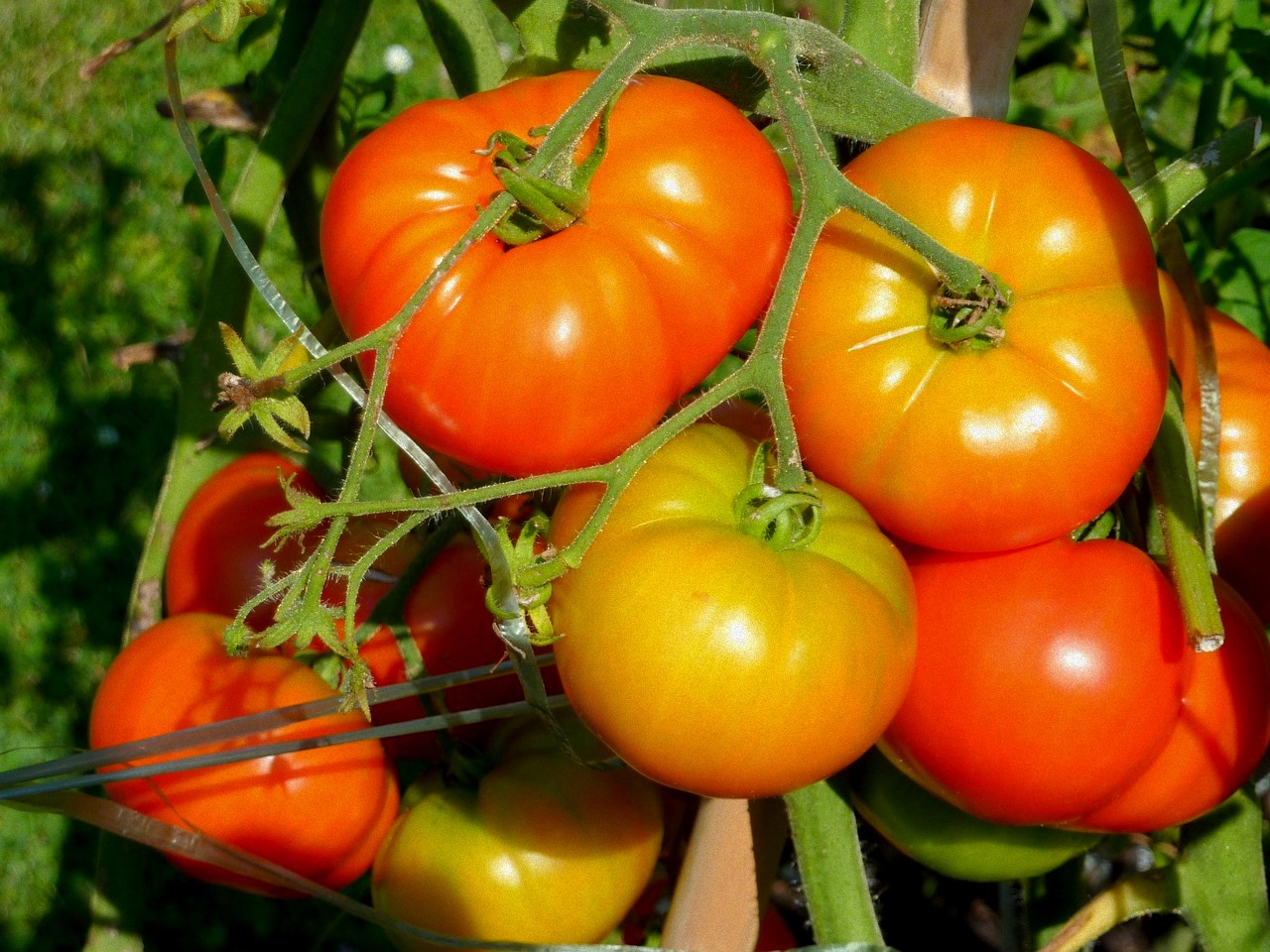
The cool growing season is in full swing in January for Zones 9 and 10.
Indoor Vegetables and Herbs:
Start seeds of eggplant, kale, lettuce, melon, peppers, squash, tomatoes, and basil, so that transplants will be ready to harden off, as the weather heats up.
Outdoor Vegetables and Herbs:
Transplant seedlings of broccoli, cabbage, cauliflower, chard, and Asian greens. It’s also safe to direct sow several vegetables in your garden, including arugula, cabbage, carrots, kale, lettuce, onions, peas, radishes, spinach, and turnips. Be sure to succession sow, to keep the harvest coming.
Cool-season herbs such as chives, cilantro, and parsley should be sown now, as well.
Cold hardy fruit trees, such as peaches and nectarines, can be planted now, but hold off planting tender fruits such as citrus, until the weather stays warm.
Indoor Flowers:
If you want to get a head start, start seed indoors of cosmos, marigolds, sunflowers, and zinnia
Outdoor Flowers:
Only pansies and violas are hardy enough to survive a surprise hard freeze, but dianthus, nasturtiums, petunias, primroses, snapdragons, and sweet peas can handle brief cold spells. Most delphinium, foxgloves, and hollyhocks will require some exposure to cold weather to flower well, so get them out early, too.

